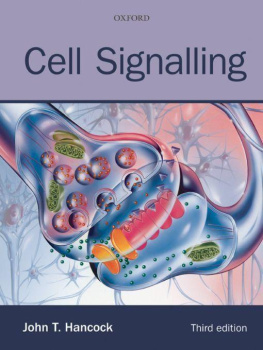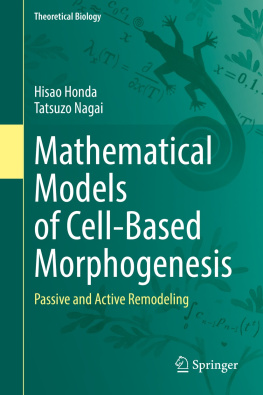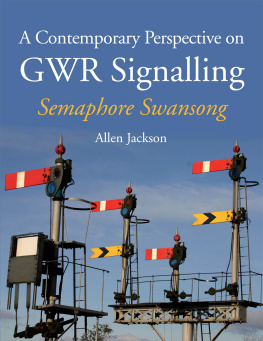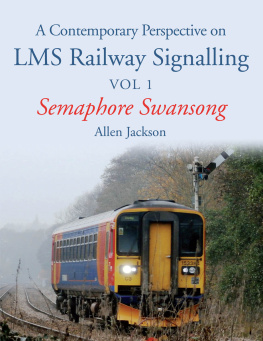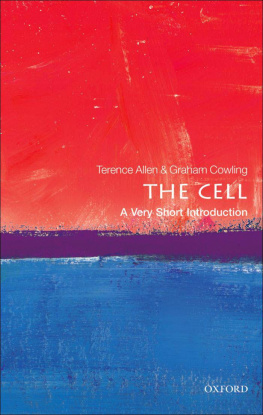Table of Contents
To Thomas and Annabel
Great Clarendon Street, Oxford ox2 6DP
Oxford University Press is a department of the University of Oxford.
It furthers the Universitys objective of excellence in research, scholarship, and education by publishing worldwide in
Oxford New York
Auckland Cape Town Dar es Salaam Hong Kong Karachi
Kuala Lumpur Madrid Melbourne Mexico City Nairobi
New Delhi Shanghai Taipei Toronto
With offices in
Argentina Austria Brazil Chile Czech Republic France Greece
Guatemala Hungary Italy Japan Poland Portugal Singapore
South Korea Switzerland Thailand Turkey Ukraine Vietnam
Oxford is a registered trade mark of Oxford University Press in the UK and in certain other countries
Published in the United States
by Oxford University Press Inc., New York
The moral rights of the author has been asserted
Database right Oxford University Press (maker)
First edition published 1997
Second edition published 2005
Third edition published 2010
All rights reserved. No part of this publication may be reproduced,
stored in a retrieval system, or transmitted, in any form or by any means,
without the prior permission in writing of Oxford University Press,
or as expressly permitted by law, or under terms agreed with the appropriate
reprographics rights organization. Enquiries concerning reproduction
outside the scope of the above should be sent to the Rights Department,
Oxford University Press, at the address above
You must not circulate this book in any other binding or cover
and you must impose the same condition on any acquirer
British Library Cataloguing in Publication Data
Data available
Library of Congress Cataloging in Publication Data
Data available
Typeset by MPS Limited, A Macmillan Company
Printed in Italy on acid free paper by
LEGO SpA - Lavis, TN
ISBN 978-0-19-923210-9
1 3 5 7 9 10 8 6 4 2
PREFACE
This is the third edition of Cell Signalling , and hopefully this text will continue to be useful for those that wish to find out more about the subject. The original book was written with the intention that it would be useful for degree students in their second and final years of undergraduate studies. It was also hoped that the book would be of interest to those on a medical degree, or those embarking on postgraduate studies, where they were perhaps new to this area or need to refresh earlier studies. It is therefore hoped that now it is the third edition that this vein has continued. However, in re-writing the text a second time, many new diagrams have again been added, with some of the ones in the second edition being re-drawn for clarity. Colour is still included to highlight important aspects of the figures. The text has once again been altered to attempt to make it more readable and accessible, and this is still at the detriment of many details that some may find are missing. Many more references have been added, but unfortunately for those who actually do the experimental work, it is impossible to quote all the primary references, and reviews have been prioritized to enable the reader to work their way through the vast amount of literature on the topic.
The field of cell signalling continues to be very large and to expand at what seems like an exponential rate, with a great deal of new literature published in the journals every month. Here the aim was to describe the main components used by cells in their communications, with discussion on the ways in which they interact. This is not an approach taken by many books which cover this area of biochemistry, but it is becoming apparent that pathways are not just single lines of signal transducers leading simply from the original signal to the cellular response, but an intricate inter-play of many components, with one pathway having profound effects on another. Therefore, the discussion of such components in relative isolation allows the knowledge gained about one particular component to be used when considering many pathways, not just the one in which it was first discovered. The aim was also to have a very generic approach, as the ubiquity of some of these systems means that an understanding of the mechanisms is relevant to all organisms throughout nature and not just mammals, or indeed the animal kingdom.
It has proved impossible to do justice to every area in this field for this edition, and the overall emphasis still reflects my interests so some people may feel that I have overlooked their particular area of research. To those that feel ignored I once again apologize.
The book has now been partitioned, too. Part 1 is an overview of signalling and the principles involved. Part 2 deals with the components that may be involved in more depth. Part 3 is a selection of some pathways and cellular events that help to illustrate the role and activity of signalling in cells. The final part is once again some final thoughts and ideas that the reader may reflect on.
Chapter 1 contains further reading, which includes several excellent chapters published in major textbooks covering cell signalling, as well as other books published on this topic, and as such would be a good place to start further reading.
The book starts with an overview chapter, encompassing many of the ideas and discussions that could be applicable to all areas of cell signalling. chapter 2 is new and highlights how signalling components are grouped together in pathways. Chapter 3 concentrates on the history and an overview of some of the main techniques that could be used to study cell signalling. Chapters 4 and 5 concentrate on the use of extracellular signals and their perception, whereas Chapters 6-10 concentrate on the intracellular components thought to be of most importance. Chapters 11 and 12 take more specific examples of signalling pathways and try to show how these components might come together to complete pathways. Chapter 13 is a new chapter on some, but by no means all, of the signalling components that may be involved in the control of gene expression and development, whereas Chapter 14 focusses on cell death. The final chapter tries to brings some ideas and thoughts together, and summarizes some of the discussion from the rest of the book.
I am as always indebted to all the scientists who did the work and published their papers so I could obtain the information needed for this book. I wish to particularly thank those who deposited structural data, which was used for several figures in the book. These structures were obtained from the RCSB Protein Data Bank (www.rcsb.org/pdb/), to whom I would like to say a big thank you.
As with the original, the content of the book was greatly shaped by many conversations, and e-mails, with colleagues. I am indebted to many of my colleagues at the University of the West of England (UWE), Bristol, including Heather Macdonald for sending me papers, and collaborators elsewhere, such as Tihana Teklic and Hrvoje Lepedus in Osijek, Croatia. I must also thank the OUP editors, particularly Jonathan Crowe and Dewi Jackson. Jon who not only persuaded me to do the 3rd edn, but also made very useful comments along the way. Meanwhile, Dewi kept me on track and helped greatly. Lastly I would like to again thank my wife Sally-Ann, and Thomas and Annabel for their never-ending help and, not least, encouragement.
LIST OF ABBREVIATIONS

